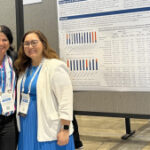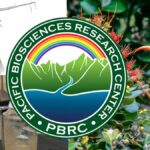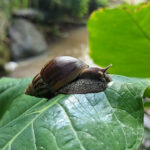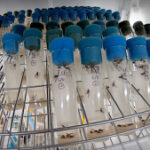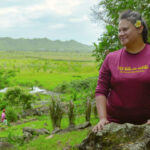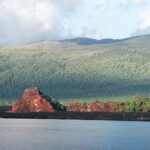Topic Filters: Kewalo Marine Laboratory • Rat Lungworm
Micronutrient Study in the News
Children ages two to eight years across 11 Pacific jurisdictions—including Hawaiʻi—are not meeting daily recommended intakes for key micronutrients (essential vitamins and minerals needed in small amounts for health), either…
Recruitment Opens for SOEST Dean
Title: Dean, School of Ocean and Earth Science, and TechnologyHiring Unit: Office of the Provost, ManoaPosition Number: 0089288Date Posted: September 25, 2024 Closing Date: Continuous recruitment. For first consideration, submit application by…
PBRC researchers publish work on biofouling
The new paper, “Bacterial envelope polysaccharide cues settlement and metamorphosis in the biofouling tubeworm Hydroides elegans,” was published in July 2024 in the Nature journal Communications Biology. Authors: Marnie L.…
How many animal species have humans driven to extinction?
PBRC researcher Rob Cowie was a co-author on a 2022 study published in the journal Biological Reviews that suggested as many as 150,000 to 260,000 of all known species could…
PBRC Featured in Voice of the Sea
Click to view the 30-second episode trailer! On TV: K5 Sun June 23rd at 6pm & Sat June 29th at 6pm HST! In this episode of Voice of the Sea, we're…
Stressed snails and slugs may spread rat lungworm through slime
Can humans become infected with the rat lungworm parasite from snail slime, if an infected snail or slug leaves slime on a lettuce leaf? That is the question University of…
Pioneering microbiome science aims for breakthroughs at UH center
A national center of excellence at the University of Hawaiʻi at Mānoa is doing much more than groundbreaking biomedical research. The Integrative Center for Environmental Microbiomes and Human Health (ICEMHH)…
Precision Nutrition COBRE Core Bucks Recipient Receives Award
Assistant Professor Peter Washington from the Information and Computer Sciences Department, a recipient of Core Bucks through the Precision Nutrition COBRE Core Bucks Program, recently received a $2.18-million New Innovator Award from the National Institutes…
Born a scientist: Kiana Frank’s work builds upon foundation of her kūpuna
Some people become scientists. For Assistant Professor Kiana Frank of the Pacific Biosciences Research Center (PBRC) at the University of Hawaiʻi at Mānoa, it was evident early on in her…
Galápagos Islands: apply for all-expenses-paid undergrad research program
Galápagos Islands (Photo credit: Andres Cruz) Approximately 24 University of Hawaiʻi at Mānoa undergraduate students will have a once-in-a-lifetime opportunity to conduct research over the next three summers. The students…

